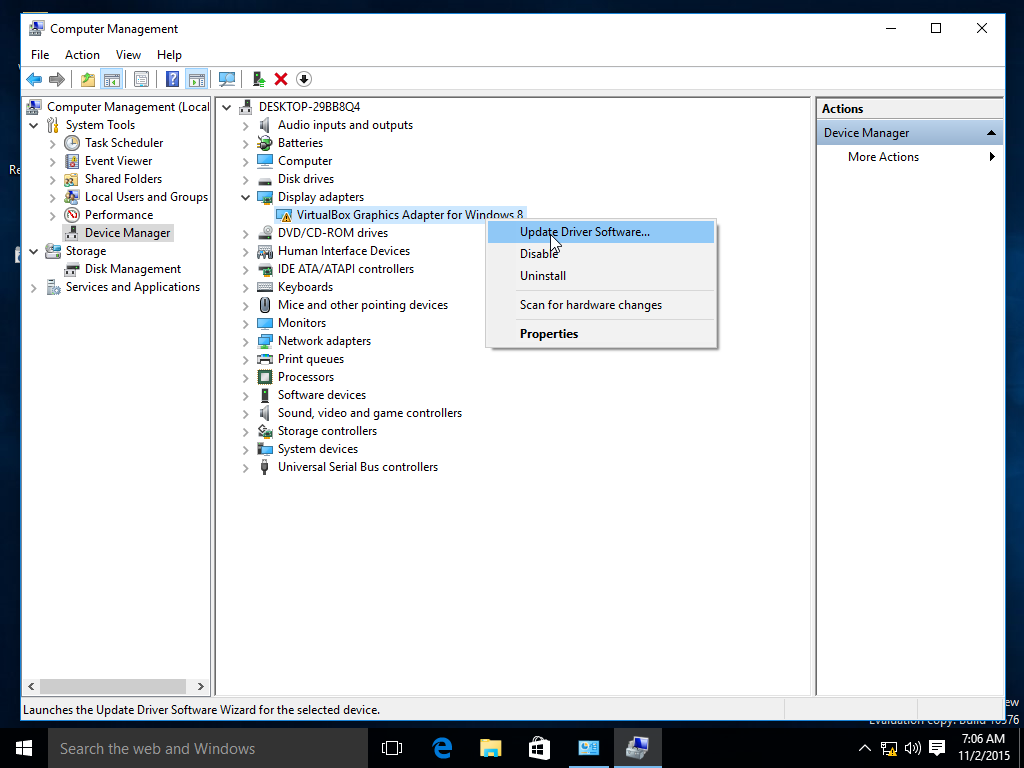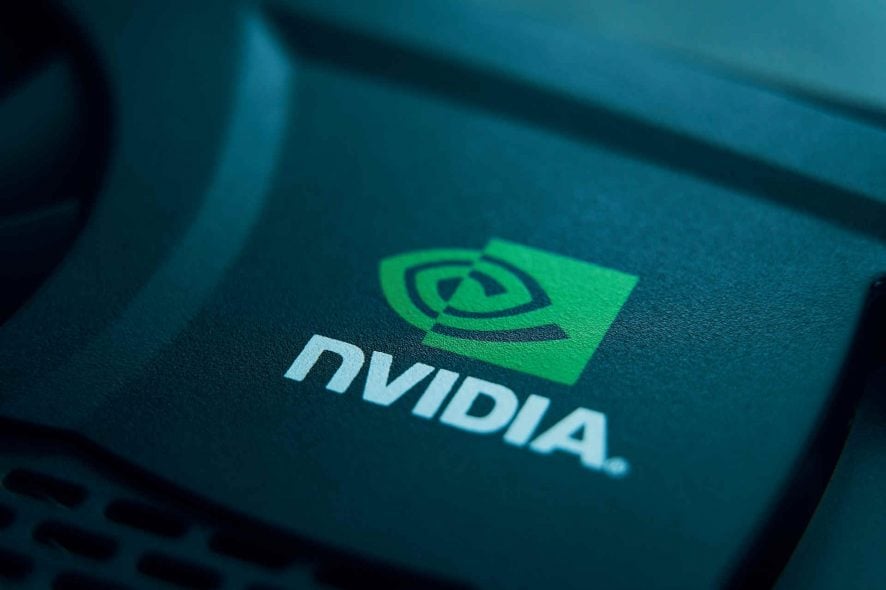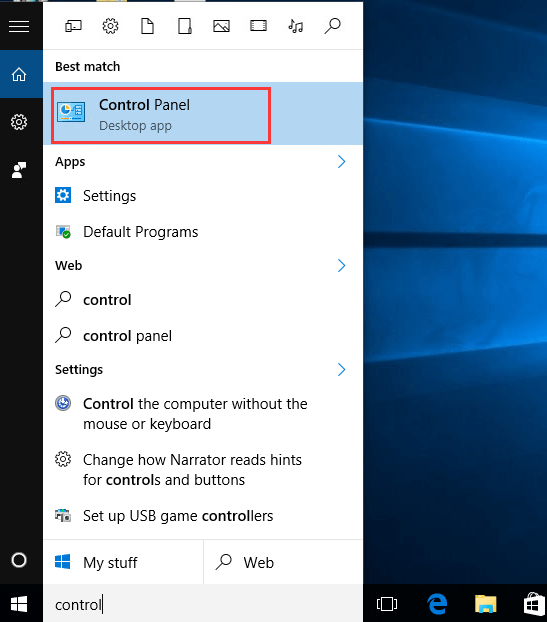
- Idisplay driver windows 10 install#
- Idisplay driver windows 10 drivers#
- Idisplay driver windows 10 update#
- Idisplay driver windows 10 windows 10#
- Idisplay driver windows 10 android#
Going along with this, there is now a D3D12DDI_INDIRECT_ARGUMENT_TYPE enumeration value. This could be useful for applications that seek to cull, sort, or adjust raytracing work and they use shaders for doing that. This is being mentioned here as something available with WDDM 2.7, although it doesn't correspond to a DDI change.Īpplications can call DispatchRays through ExecuteIndirect, allowing raytracing work to be configured on the GPU. Inline raytracing is available in any shader stage, including compute shaders, pixel shaders, and so forth.

It gives the developer flexibility and some convenience in all those cases where shaders using DXR 1.0-style raytracing, call them "dynamic-shader-based" raytracing, don't fit. Inline raytracing is an alternative form of raytracing that doesn’t use any separate dynamic shaders or shader tables. WDDM 2.7 brings along some new features and improvements which build on the initial release of DXR in Direct3D 12. To kick things off, there's the command list DDI PFND3D12DDI_DISPATCH_MESH_0074 and also D3D12DDI_INDIRECT_ARGUMENT_TYPE_DISPATCH_MESH for indirect dispatch.

And, since this introduces two new shader stages, there are two new fields in D3D12DDIARG_CREATE_PIPELINE_STATE_0075, hMeshShader and hAmplificationShader. For reporting device capability of mesh shaders, there's a field called MeshShaderTier reported through D3D12DDI_D3D12_OPTIONS_DATA_0073. The mesh shader feature involves new shading language constructs as well as UMD changes. Amplification shaders are an optional step which allow an application to dynamically control levels of geometric detail. Applications set up their amplification shader to invoke a mesh shader some number of times as needed. Amplifications shaders replace the GPU tessellation stage. The mesh shader feature introduces the mesh shader stage along with a new stage: the amplification shader. In the case that there is a pixel shader attached, the primitives output from a mesh shader will feed directly into the pixel shader stage. Primitives can be culled without having their index data processed by the GPU, which is highly beneficial as we see the primitive counts of 3D applications getting higher and higher over time. With mesh shaders, applications can apply culling earlier, and therefore more efficiently, than the input assembler. They act as a new replacement for the input assembler - in particular, vertex and geometry shader stages - replacing some of the input assembler's fixed-function behavior with flexible-function behavior. Mesh shaders are a means of increasing the flexibility and performance of Direct3D 12's graphics pipeline when using rasterization. To see features added in previous versions of WDDM 2.X, see What's new for prior WDDM 2.X versions.
Idisplay driver windows 10 drivers#
Hope this helps someone else out there! Thanks and good luck!ħ.This page describes what's new in display and graphics drivers for Windows 10, version 2004 (WDDM 2.7). Rebooted and Installed the latest Lenovo Graphics driver and voila! Ran the recommend Display Driver Uninstaller (DDU): ħ. Uninstalled a few other programs that I'm not so familiar with (OpenAL, Vulkan, and OSBASE iDisplay)Ħ. Uninstalled all Nvidia software in Control Panel uninstallerĥ. I then uninstalled drivers for Intel GPU and Nvidia GPU in device managerĤ. I deleted all references to Splashtop in Program Files and all references to it in the registry.ģ. Double checked my BIOS to ensure I had selected Optimus and detect OS enabled.Ģ. I had previous uninstalled this software, but some of it's remnants may have been causing this.ġ.
Idisplay driver windows 10 android#
To be fair, I realized that I had installed some software called Splashtop in an attempt to use an Android tablet as a 2nd monitor.

I finally got it working, but unfortunately due to some un-scientific work on my part, I don't know exactly waht fixed it. The same problem occurs when attempting to use any external monitor whether it's VGA or displayport. What do I need to do to get my external VGA monitor working in Windows 10?
Idisplay driver windows 10 install#
I tried installing Nvidia drivers for this card from their website, but the install crashes my computer to a black screen and forced me to do a hard reset into safe mode so I could re-install the Lenovo driver package. I've tried changing the BIOS to use only the dedicated Nvidia GPU, but this doesn't work either. I then updated the Nvidia display driver using device manager and rebooted, but this problem still remains. 'Īfter this message there is only 1 monitor shown in the windows display settings.
Idisplay driver windows 10 update#
Check windows update for a new display driver. 'Display driver failed to start using Microsoft Basic Display Driver instead. When I plug a monitor into the VGA port it doesn't work and I get the following pop-up message from Windows:
Idisplay driver windows 10 windows 10#
I'm running fully updated Lenovo W530 with Windows 10 Anniversary update I have the latest graphics drivers for the W530 from Lenovo installed and have my BIOS set to use Nvidia Optimus.


 0 kommentar(er)
0 kommentar(er)
